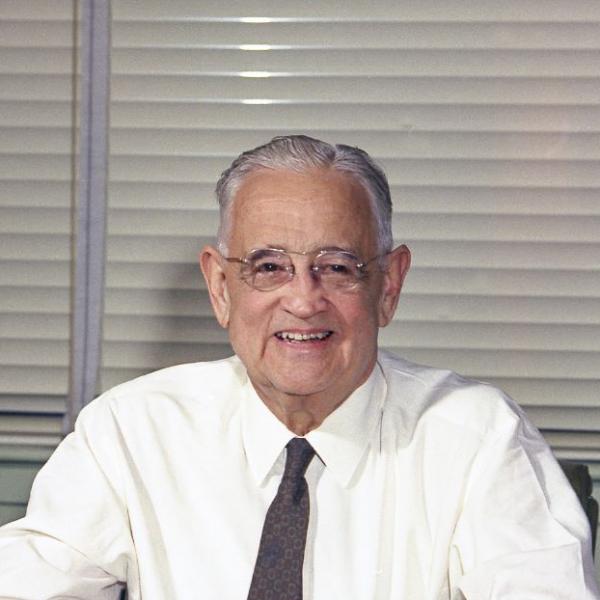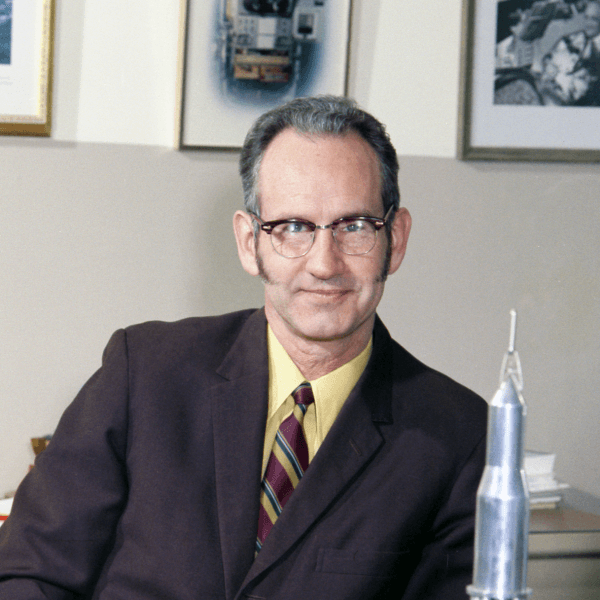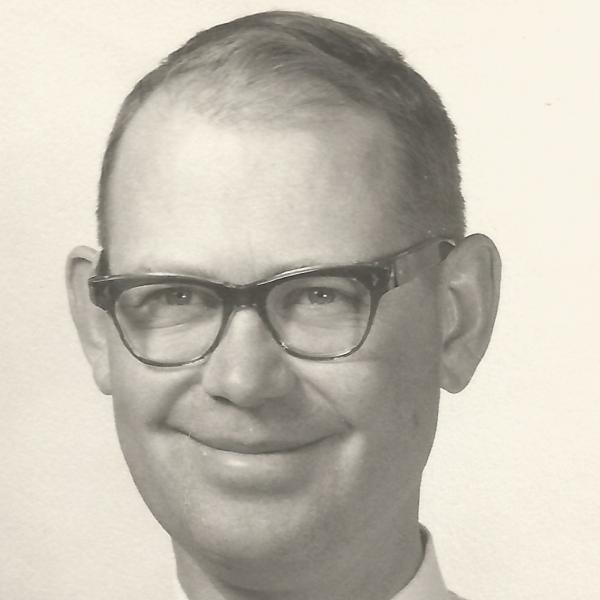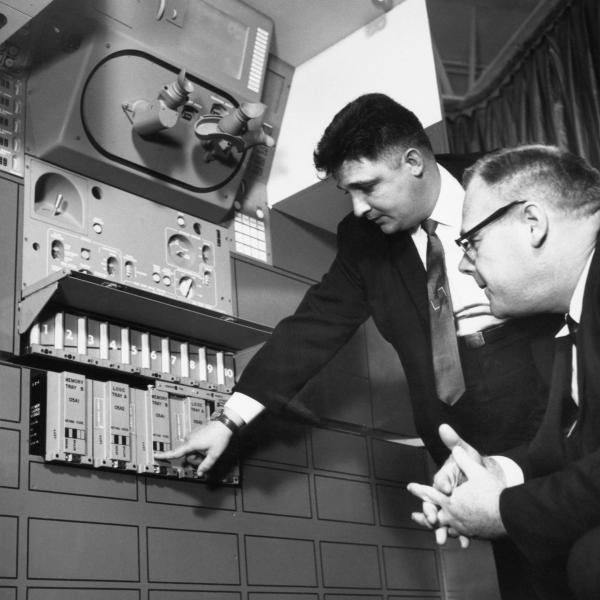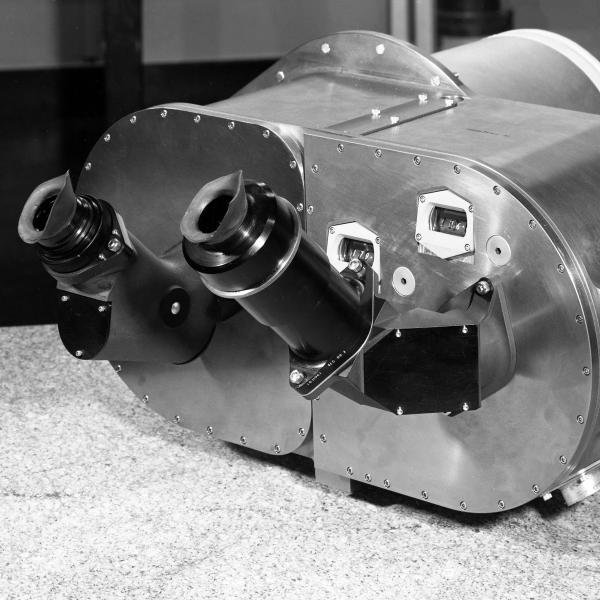
The Inertial Measurement Unit: Mechanical Engineering Wizardry
It was an amazing ball of wizardry that helped us find our way to the moon.
The concept of sea navigation is fairly straightforward...you need to know where you are and where you need to go and these two points are stationary. So with a naval sextant you can pretty much figure it out by pointing at a couple of stars. But if your ship was in space where everything is constantly moving and your target is a quarter million miles away, how on earth can you hit that target? Well that is exactly the problem that Doc Draper and his lab of space engineers had to figure out to land the first man on the moon.
Have you ever placed a marble on your tray table in an airplane? You're lucky if you can even get your coffee cup to stay put sometimes, let alone a marble to stay perfectly stable. But, if you had another tiny marble held suspended inside your tray table marble - that one wouldn't spin around! This spinning ‘gyroscope’ technique was the key behind the Apollo navigation system invented by Doc Draper and his team. Known as the inertial measurement unit or IMU, Draper and his team used this same basic technology they had invented during WWII to help improve accuracy in the U.S. Navy's defense system against Japanese Kamikazes. This revolutionary new technology transferred to space exploration would allow pilots to always know where they are -- even at night, in fog or thick clouds, it was the precise answer NASA was looking for.
The Apollo IMU is a genius device that measures a spacecraft's accelerations within a stable frame of reference provided by key ingredients: gyroscopes and accelerometers. The Sperry Corporation was responsible for building the gyros of the IMU. This frame of reference remains as fixed as the inertial space of the stars and it is from this that the term 'inertial guidance" was coined. It has been called "astronomy in a closet". Think of a person standing up inside a sphere with their arms stretched outwards (if you're prone to nausea, get out now!). That person can turn within the sphere three ways: they can flip head over heels, they can spin around like a top, and they can cartwheel around. On a spacecraft these three axes are called pitch, roll and yaw and are used to determine critical information about exact spacecraft position.
The job of the gyros is to sense instantaneously movements that would disturb the stability of the spacecraft and counter this with compensating drive signals to rotate the gimbals appropriately. The job of the accelerometers is to measure acceleration forces acting on the spacecraft -- and, hence, changes in spacecraft direction and position -- within the gyro-stabilized frame of reference. Since, gyroscopes and accelerometers are mechanical devices, on the longer missions the gyros could drift a bit, so the astronauts also used the space sextant to help keep them on track. And since the IMU was often turned off during long periods of free coasting trajectory in order to save electrical power, Astronauts also used an optical system called the Space Sextant to realign it periodically.
Starting at the launch, the IMU measured every change in speed and direction and sent this data to the Apollo Guidance Computer which was used to generate appropriate control signals for the spacecraft so it could steer the spacecraft where it needed to go. With the IMU, the Apollo crews had all the data necessary to track their position with incredible accuracy. The IMU was an elegant ball of wizardry using physics and geometry to feed the entire computer guidance system critical data on both the Command Module and the Lunar Module. The system was fully autonomous which meant it was unhackable!
Imagine how many math problems you'd have to do on a 500,000 mile round trip! As smart as the astronauts were, the IMU was a much faster and way more accurate way to get the moon and back.
